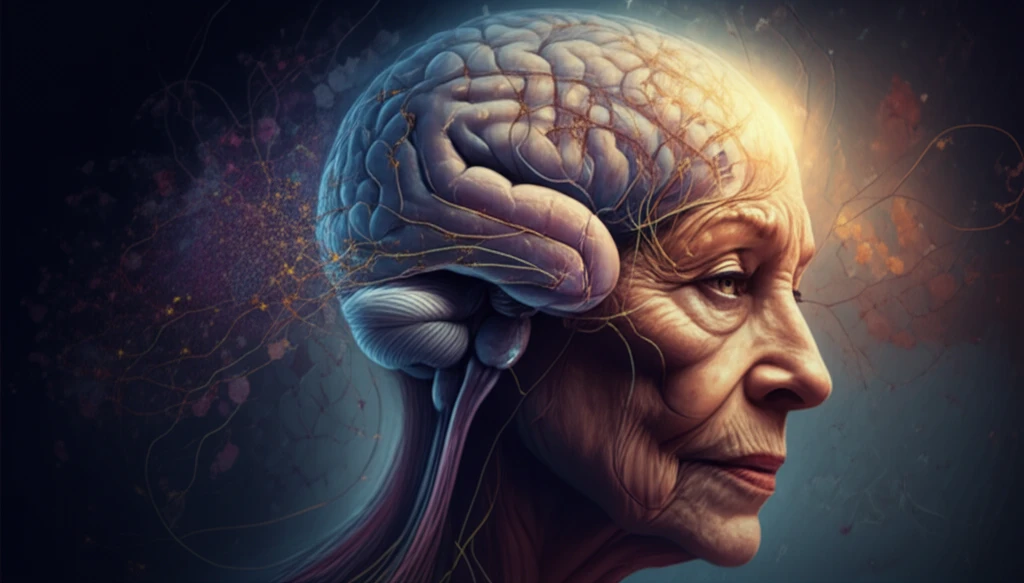
Unlocking the Mysteries of Dementia: A 100-Year-Old Case Study
"What can a centenarian's brain tell us about Alzheimer's, hippocampal sclerosis, and other age-related pathologies?"
Alzheimer's disease (AD) is a neurodegenerative disorder characterized by dementia and the accumulation of amyloid-beta plaques and neurofibrillary tangles in the brain. While AD is the most common cause of dementia, diagnosis can be challenging, and other pathologies can contribute to cognitive decline, especially in the very old.
One such pathology is hippocampal sclerosis (HS), marked by neuronal loss and gliosis (scarring) in the hippocampus, a brain region critical for memory. HS has been linked to epilepsy, neurodegenerative diseases like AD, and even normal aging. Distinguishing between AD, HS, and other contributing factors is crucial for understanding and potentially treating dementia.
This article delves into a fascinating case study of a 100-year-old Japanese woman diagnosed with AD. Her autopsy revealed not only AD pathology but also HS, TDP-43 protein accumulation, and alpha-synuclein protein accumulation—a rare combination. By examining this case, we can gain a deeper understanding of the complexities of dementia in the elderly and the interplay of different age-related brain changes.
The Case: A Century of Cognitive Change

The patient, a Japanese woman, began experiencing memory problems at age 84, with disorientation gradually developing. Brain scans revealed significant hippocampal atrophy, but relatively mild frontal lobe atrophy for her age. Interestingly, her behavioral and psychological symptoms of dementia were not prominent throughout the disease course.
- Slowly progressive memory disturbance starting at age 84.
- Disorientation and hippocampal atrophy on brain scans.
- Relatively mild behavioral and psychological symptoms.
- Apolipoprotein E gene analysis showed £3/24 heterozygosity, a genetic factor associated with increased AD risk.
The Significance: Unraveling the Complexity of Dementia
This case highlights the complex interplay of pathologies that can contribute to dementia in the elderly. While the patient met pathological criteria for AD, the presence of HS, TDP-43, and alpha-synuclein suggests a mixed pathology that may have influenced her disease progression and clinical presentation.
The presence of hippocampal sclerosis (HS) alongside AD is particularly intriguing. HS-aging, the pathology of HS in older individuals, is often misdiagnosed as AD. The patient also had TDP-43 pathology, which has been linked to both AD and HS. The case also showed synuclein protein accumulation, typically related to Parkinson's. In conclusion, the patient was suffering from AD, HS, TDP-43, and synuclein protein.
This case underscores the importance of detailed clinical and pathological examinations in elderly patients with dementia. As age-related pathologies often coexist, a comprehensive approach is needed for accurate diagnosis and a deeper understanding of the disease processes. Future research should focus on the interactions between AD, HS, TDP-43, and other age-related brain changes to develop more targeted therapies for dementia.
